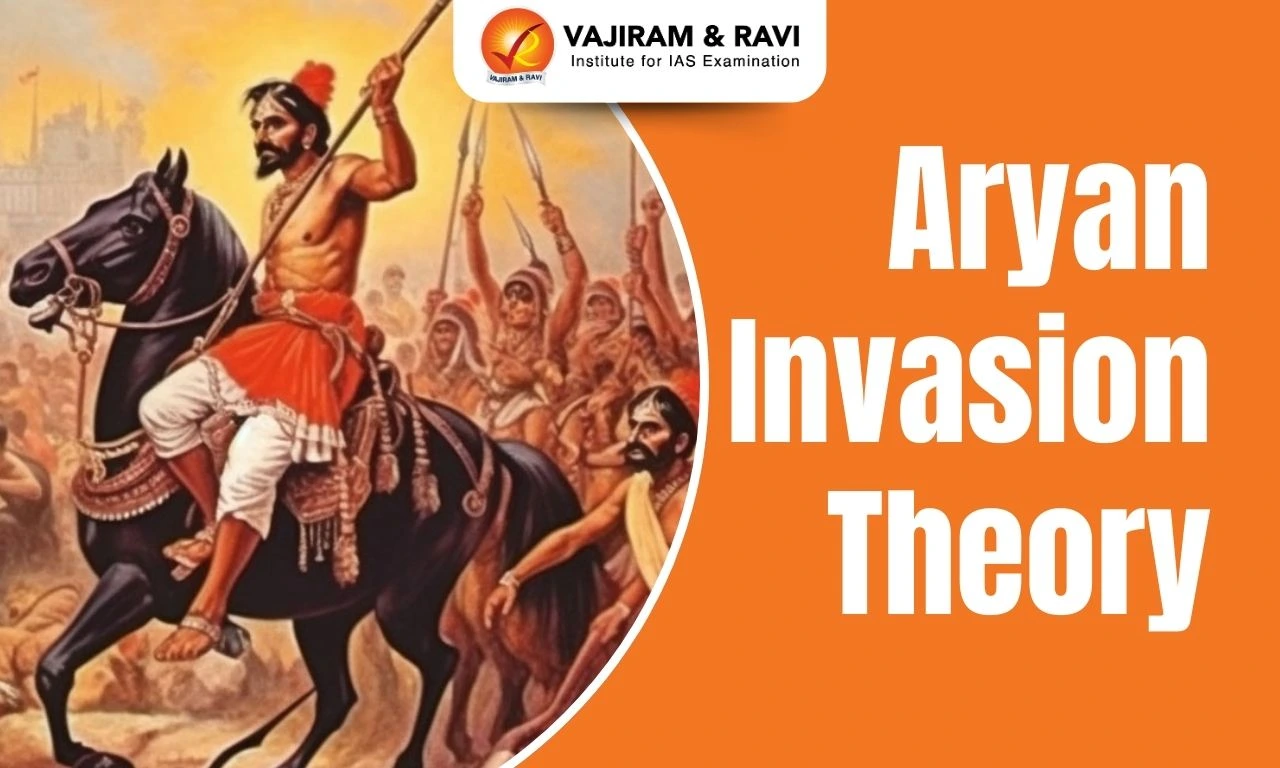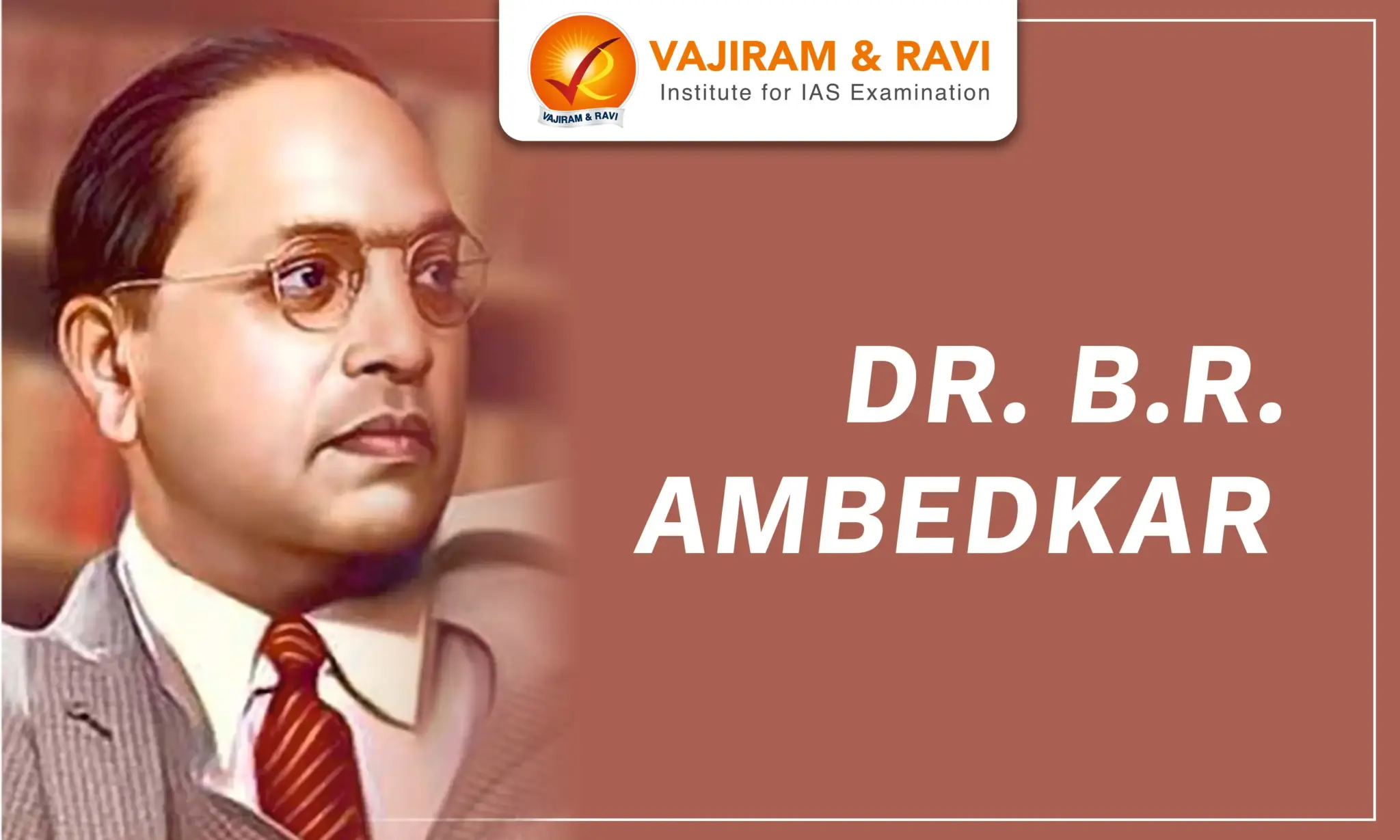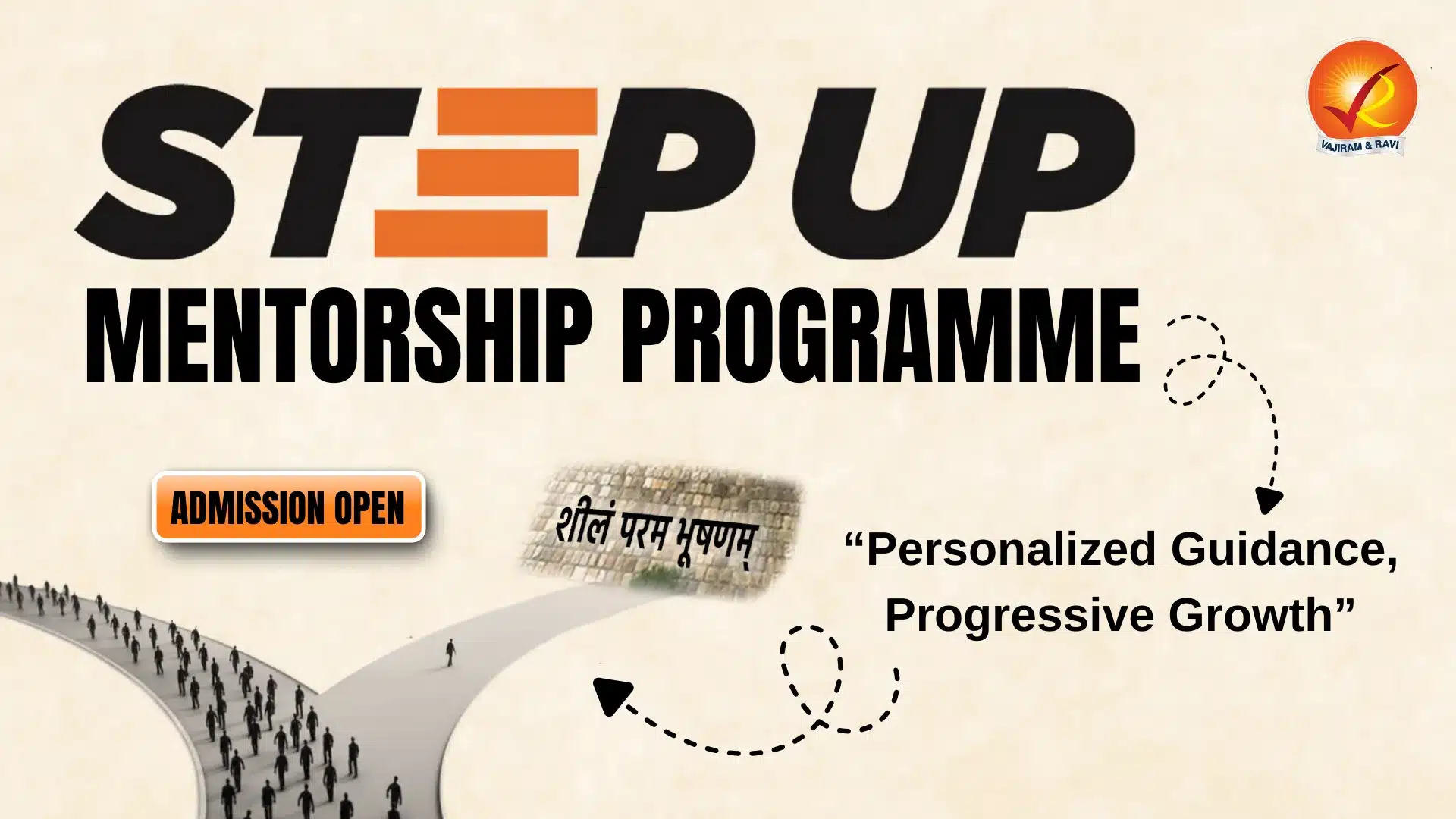The Aryan theory, proposed by Max Mueller and linguist William Jones in the nineteenth century, holds that Aryans were a class of fair-skinned, agrarian noblemen who migrated from Central Asia to India after the Indus Valley period. The Aryans are thought to have composed the Vedas, and it was long assumed that the Aryans played a significant role in civilizing the Indian subcontinent. This theory is also called the Aryan invasion theory. Whereas modern archaeologists say Aryans were indigenous people who resided mainly along the Saraswati River. Once it dried up, they migrated to regions within and outside India and also settled in the Indus Valley.
Who were Aryans?
The term 'Aryan' or 'Arya' appears to be the most ancient one used for Indo-Europeans. The Aryans were central Asian Steppe pastoralists who arrived in India between roughly 2000 BCE and 1500 BCE and brought Indo-European languages to the subcontinent.
- There, they came upon the Indus or Harappan cities, destroyed them, and drove survivors southward (where they became ‘Dravidians’), although some proposed that the Aryans arrived after the decline of the Indus cities.
- In any case, they swept across the Indus plains, composed the Vedas over several centuries, spread Sanskrit and their caste system throughout India, and established the mighty Ganges civilization.
- Earlier interpretations regarding the Early Vedic society are based on the theory of Indo-Aryan migration from West Asia into the Indian subcontinent. According to this historical interpretation, the Aryans came to India in several stages or waves.
- Aryans and Vedas: The composers of the Rig Veda described themselves as Arya, which can be understood as a cultural or ethnic term.
The Indo-Aryans were the speakers of a sub-group of the Indo-Iranian branch of the Indo-European family of languages.
What is the Aryan Invasion Theory?
Aryan migration theory (AMT) was first proposed by European scholars in the nineteenth century, most notably F Max Muller. It was a convenient way to explain obvious similarities between Sanskrit and Greek or Latin since another branch of the Aryans was assumed to have migrated towards Europe.
- Archaeologists have made attempts to link various post-Harappan cultures to the Aryans. The Painted Grey Ware, which has been dated between 900 and 500 BCE, has been repeatedly associated with Aryan craftsmanship.
- Following the linguistic similarities discovered between the Rigveda and the Avesta, archaeologists attempted to find similarities in pottery forms, paintings on ceramics, and forms of copper objects, among other things, between post-Harappan and West Asian/Iranian Chalcolithic assemblages.
- Such parallels were exaggerated to support the theory that the Aryans were a people who migrated from West Asia to the Indian subcontinent.
- As a result, literary and archaeological works were created to complement one another in order to validate the concept of migration.
- Linguistic similarities between the Rigveda and the Avesta are undeniable. However, such similarities do not imply a large-scale migration of people into the Indian subcontinent.
- Secondly, the similarities that have been found between Chalcolithic artifacts of India and those of Western Asia are only occasional. They also do not suggest large-scale migration of people.
- Although the Rigveda repeatedly mentions hostilities and wars between different groups, archaeology has not documented so-called clashes between Aryan and non-Aryan communities and cultures.
Aryans- As a Language Group
That branch of Indo-Europeans who became involved in affairs in India became known as Indo-Aryans, or Vedics thanks to their surviving writings, the Vedas. In fact, the term Indo-Aryan is considered to be language-specific rather than race-specific.
- The Indo-Aryan languages of India include the non-Sanskritic or Dardic languages spoken in the mountains of the northwest, which may represent an earlier wave of Indo-Aryan immigrants.
- Superior military technology and the use of the horse and chariot may have given the immigrants a crucial initial advantage, enabling them to establish their political dominance in the land of the seven rivers.
- Zend Avesta: The Zend Avesta is a Persian/Iranian text of Zoroastrianism that speaks about the lands and gods of the people speaking the Indo-Iranian languages. It has references to the regions of northern and north-western parts of India.
- It has terms that show linguistic similarity with the Vedas. This text is indirect evidence that the early home of the Aryans was outside the Indian subcontinent.
Last updated on November, 2025
→ Check out the latest UPSC Syllabus 2026 here.
→ Join Vajiram & Ravi’s Interview Guidance Programme for expert help to crack your final UPSC stage.
→ UPSC Mains Result 2025 is now out.
→ UPSC Notification 2026 is scheduled to be released on January 14, 2026.
→ UPSC Calendar 2026 is released on 15th May, 2025.
→ The UPSC Vacancy 2025 were released 1129, out of which 979 were for UPSC CSE and remaining 150 are for UPSC IFoS.
→ UPSC Prelims 2026 will be conducted on 24th May, 2026 & UPSC Mains 2026 will be conducted on 21st August 2026.
→ The UPSC Selection Process is of 3 stages-Prelims, Mains and Interview.
→ UPSC Result 2024 is released with latest UPSC Marksheet 2024. Check Now!
→ UPSC Prelims Result 2025 is out now for the CSE held on 25 May 2025.
→ UPSC Toppers List 2024 is released now. Shakti Dubey is UPSC AIR 1 2024 Topper.
→ UPSC Prelims Question Paper 2025 and Unofficial Prelims Answer Key 2025 are available now.
→ UPSC Mains Question Paper 2025 is out for Essay, GS 1, 2, 3 & GS 4.
→ UPSC Mains Indian Language Question Paper 2025 is now out.
→ UPSC Mains Optional Question Paper 2025 is now out.
→ Also check Best IAS Coaching in Delhi
Aryan Invasion Theory FAQs
Q1. Who were Aryans?+
Q2. What is the language of Indo-Aryans?+
Q3. What is the Aryan migration theory?+
Tags: aryan invasion theory quest

















